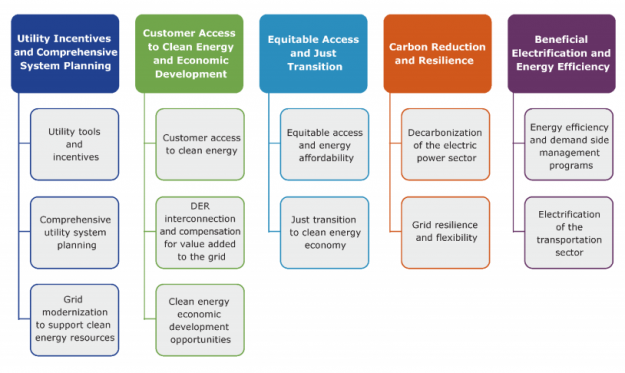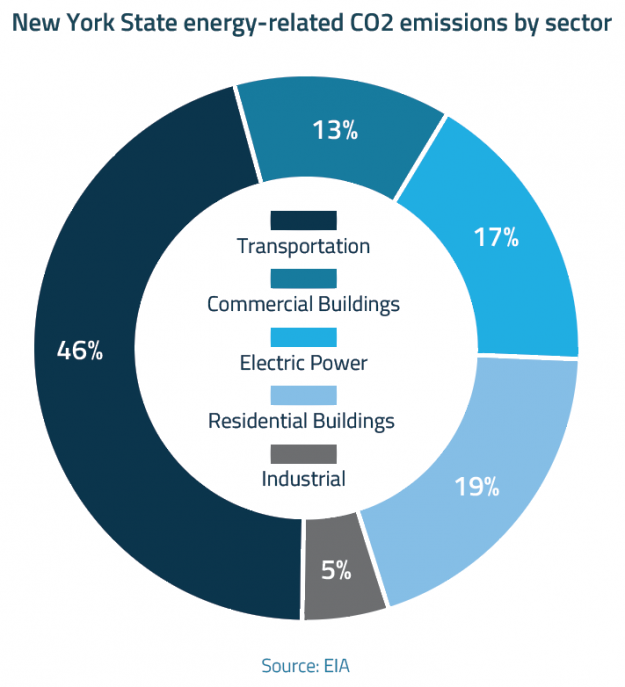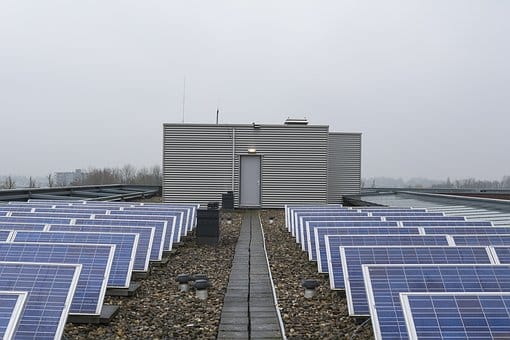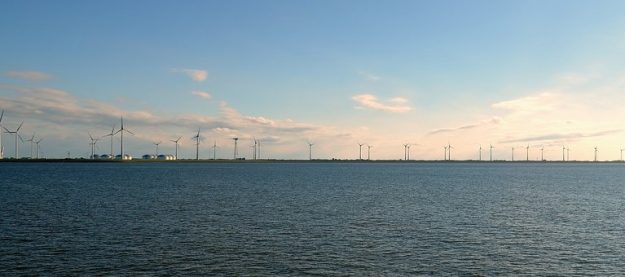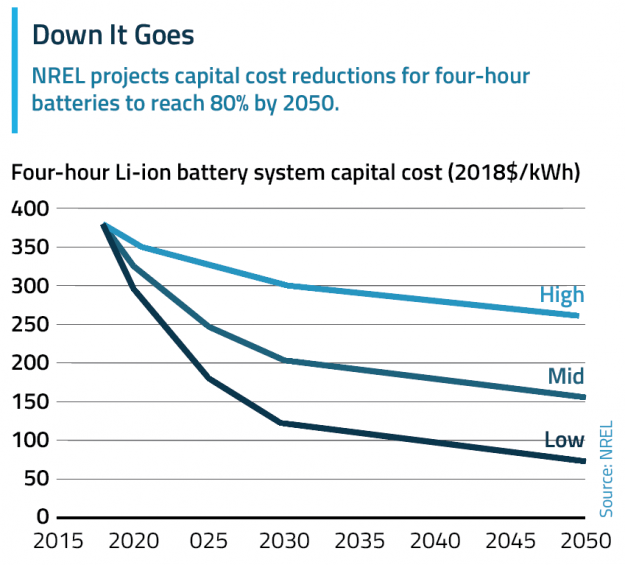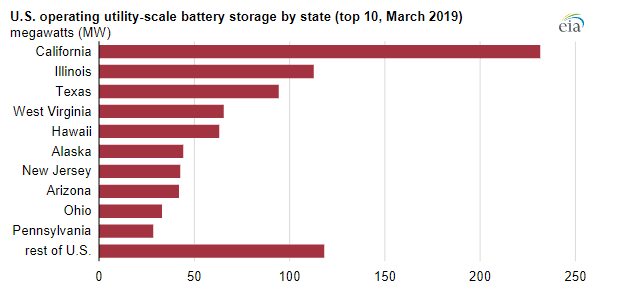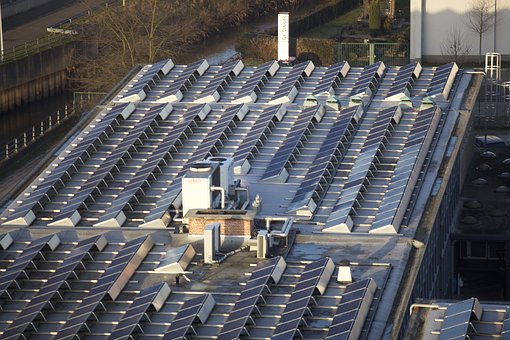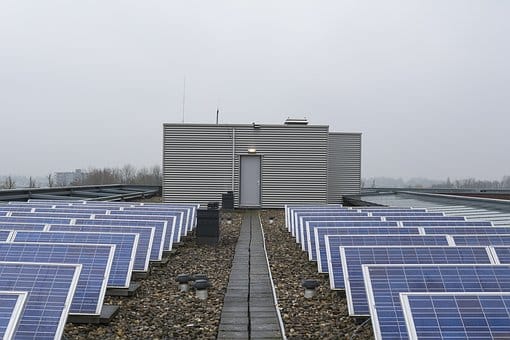North Carolina’s Clean Energy Plan Envisions Carbon-Free Power Sector by 2050
The North Carolina Department of Environmental Quality on Aug. 16 unveiled a draft Clean Energy Plan outlining policy and action recommendations for the state to transition to carbon-free electricity by 2050, starting with a 60 to 70 percent reduction from 2005 levels by 2030. An executive order issued last year by Democratic Governor Roy Cooper…
